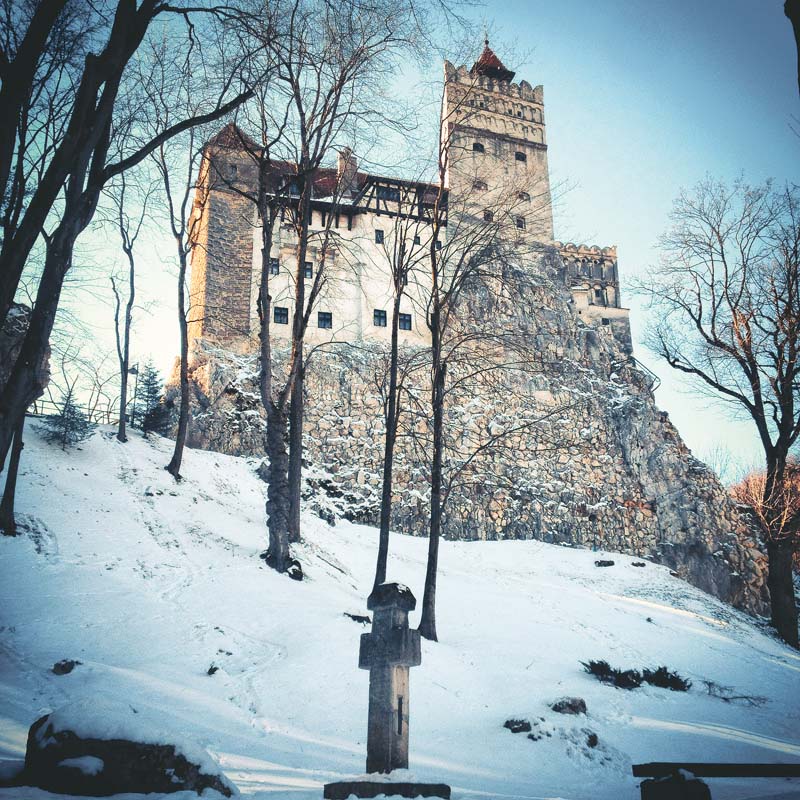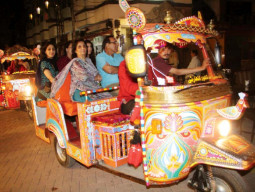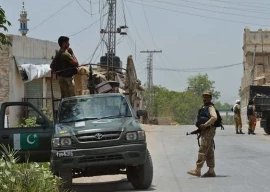
It has been a lifelong dream of mine to visit the land of one of the most feared characters in both real and imaginary history: Transylvania is the place where the blood-thirsty Vlad the Impaler defended Wallachia from the Turks, and subsequently ended up in Western literature as a blood-thirsty vampire.
But first, a word about Bucharest and its communist architecture supernova; only second to the Pentagon as the biggest in the world, Bucharest’s Palace of the Parliament will need your widest angle lens. A chain-smoking bartender and I discuss the fact that Romania actually recognises witchcraft as a tax-paying profession and that 10,000 people get bitten by stray dogs in the city every year — stories as perfect as gymnast Nadia Comãneci’s 10. “Even the scoreboard didn’t expect her,” the bartender puffs. It’s true: the scoreboard at the 1976 Montreal Olympics didn’t have space for the gymnast’s 10.00, so registered a confusing 1.00. Such is the tenacity of Romanians — literally ‘citizens of Rome’.

The rainbow-hued city of Sighișoara. PHOTOS : ALI REZ

The man in stone: Vlad Dracula. PHOTOS : ALI REZ
Winter is everywhere, and I exit Bucharest armed with plenty of the local weapon of choice: plum brandy. Heading into the heart of Transylvania — much like a wooden stake would — the frozen flat ground gives way to rugged mountains dotted with snow and tree branches reaching out, welcoming you with their skeletal arms. This is a beautiful country: villages seem locked in time, bull carts still transporting hay the way they did 400 years ago.
My first stop is the fairytale town of Sinaia, named after a 17th century monastery, home to the first Romanian Bible. The town is all pretty chimney turrets and bean soup smoke, and it feels like somebody chucked a box of pastel-coloured crayons into a cement mixer, as I trek up the hill through narrow alleyways in order to get to the fantastic Neo-Renaissance Peles Castle.
Brasov, an hour’s journey by train from Sinaia, is my base for this region. It’s a little more modern but has heart, as if to make up for the McDonalds near the old town. The city offers me a splendid sight the first morning I draw my curtains and look out the window: the head of a stuffed deer resting in a horse carriage, staring right back at me.
I head towards the nearby town of Bran, which boasts the famed ‘Dracula Castle’. Links to the actual Count himself are not confirmed, but it is local knowledge that Vlad was imprisoned here for a while. Nevertheless, the castle is just as Stoker describes it on the overcast day I choose to visit, “on the very edge of a terrific precipice”.

An eerie welcome to the town of Sinaia. PHOTOS : ALI REZ

The perfect companion for a long journey. PHOTOS : ALI REZ
Unlike for Harker, none of the doors are locked to me here. I wander around the castle, learning more about Vlad the Impaler. In a time when conquerors and despots would battle for the title of the most imaginative sadist, he was hands down the winner. True to his nickname, Vlad used to impale entire platoons of Turkish soldiers onto sharpened wooden stakes and leave them to rot over a couple of days, while gravity slowly slid them inch by inch further down the spike. A fierce fighter, Vlad Dracula — son of the Order of the Dragon (‘dracul’ in Romanian, adding an ‘a’, means ‘son of’) — stood up against the Ottoman Empire’s expansion into Wallachia, and is thus still considered a hero around here.
Vlad wasn’t one for manners. When the Ottoman Sultan sent messengers to collect tax from the Count, they refused to remove their turbans to show respect. Vlad let them know that they would never remove them again: he had the turbans nailed to the messengers’ heads.
Despite this reputation, Vlad was far from a vampire in a black cloak; he certainly didn’t climb down his castle wall like a gecko. Nor, I suspect, did he shrink in the face of garlic. His is a classic accident of literature colliding with history, creating one of the most fearful and repulsive characters read by man.
My jugular intact, I walk past the large tombstone in the grounds around the castle, wondering how the Irish Bram Stoker, who never visited Transylvania, managed to craft such an eloquent — although unfairly horrific — description of this countryside. Finally, dismayed that the three Ladies of the Castle didn’t make a visit this time round as they did for Harker, I head back to Brasov.

The fairytale town of Sinaia gets its name from the 17th century monastery. PHOTOS : ALI REZ
My next stop is the 12th century dreamscape city of Sighișoara, further into Transylvania. A magnificent, gothic clock tower guards over this pretty town that has more colour on its walls than a paint fight in a kindergarten. But the real draw for me is one particular yellow house tucked in the shadow of the clock tower: the residence of the Dracul family, where the Count was raised. It is as bright as Vlad was full of darkness. These days, the building houses a restaurant, complete with a maître d’ in a red and black cloak. If you visit, do the right thing and order your steak bloody.
Around the corner from the house is a solitary statue. Sporting a Javed Miandad-like moustache, Vlad Tepes (‘tepes’ in Romanian means ‘impaler’) looks solemn, as stone cold as he is in the book. His was a life full of dispensing cruelty, and yet, he met an end that was sweeter than most: his decapitated head was presented to the Sultan in Constantinople preserved in a jar of the finest Wallachian honey.
Stoker’s vampire is the undead monster who rises night after night for eternity and haunts all who know him. In writing Dracula, Stoker provided Vlad exactly that: eternal life. The book has never been out of print and continues to be one of the most quoted horror stories among young and old readers. Vlad Dracula wouldn’t have wanted it any other way.
As the countryside flies past my train window on my ride back, I notice the Carpathian mountains shrinking and I remember the meaningful words the Count says to Harker as the Englishman enters the castle. “Welcome to my house. Come freely. Go safely; and leave something of the happiness you bring.”
Ali Rez has visited 92 countries. His goal is to visit all of them. You can follow his travels on his Instagram @amrez
Published in The Express Tribune, Sunday Magazine, April 12th, 2015.








































COMMENTS (1)
Comments are moderated and generally will be posted if they are on-topic and not abusive.
For more information, please see our Comments FAQ